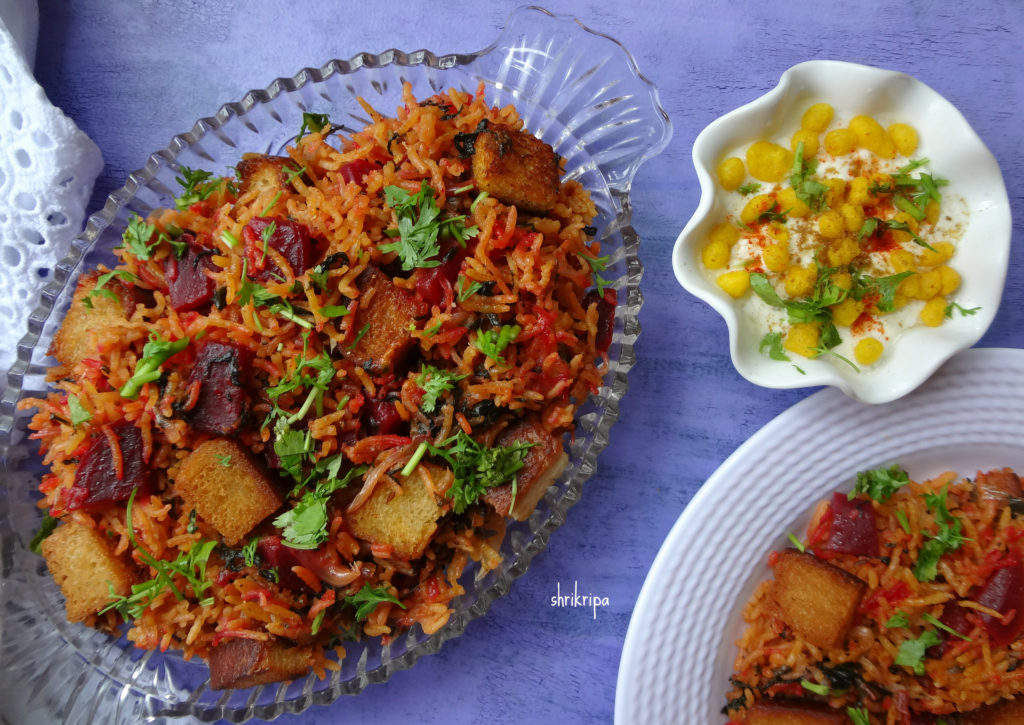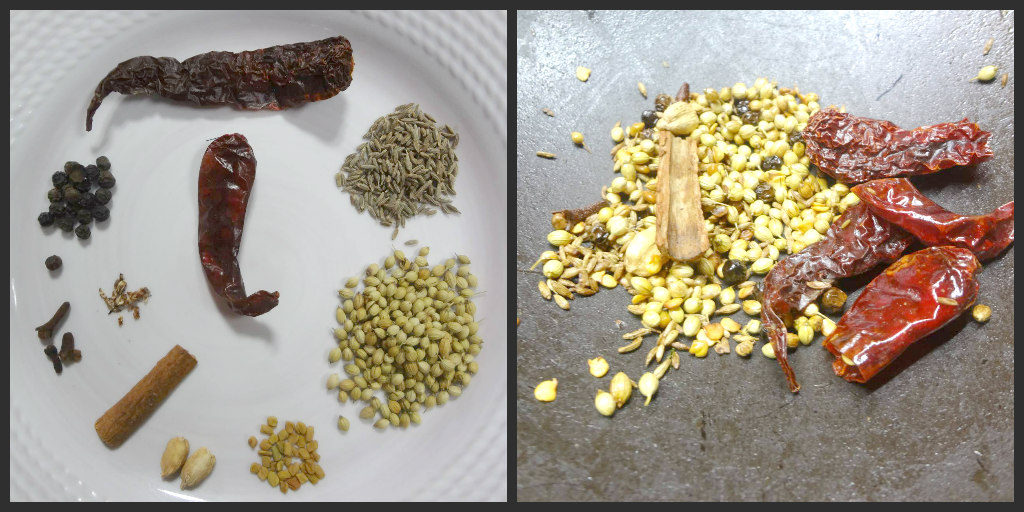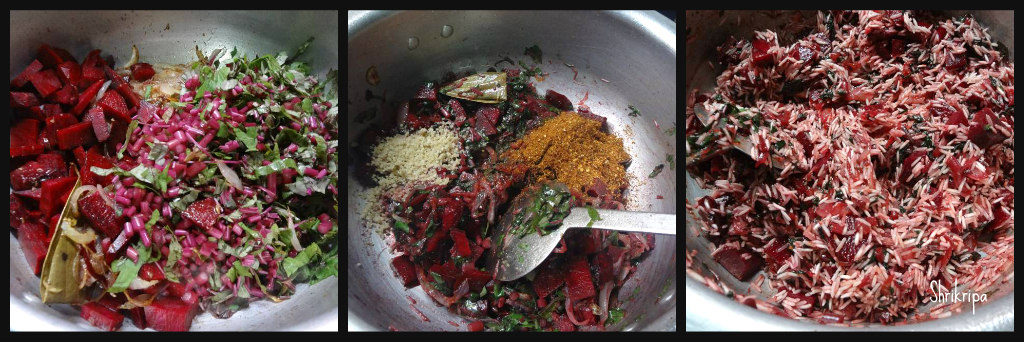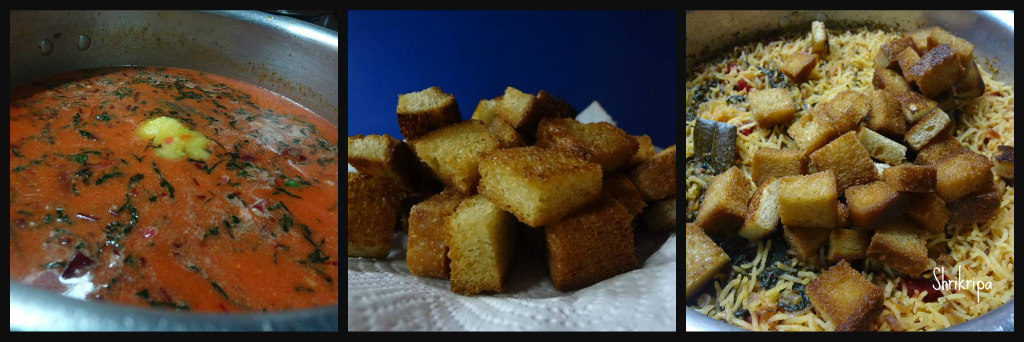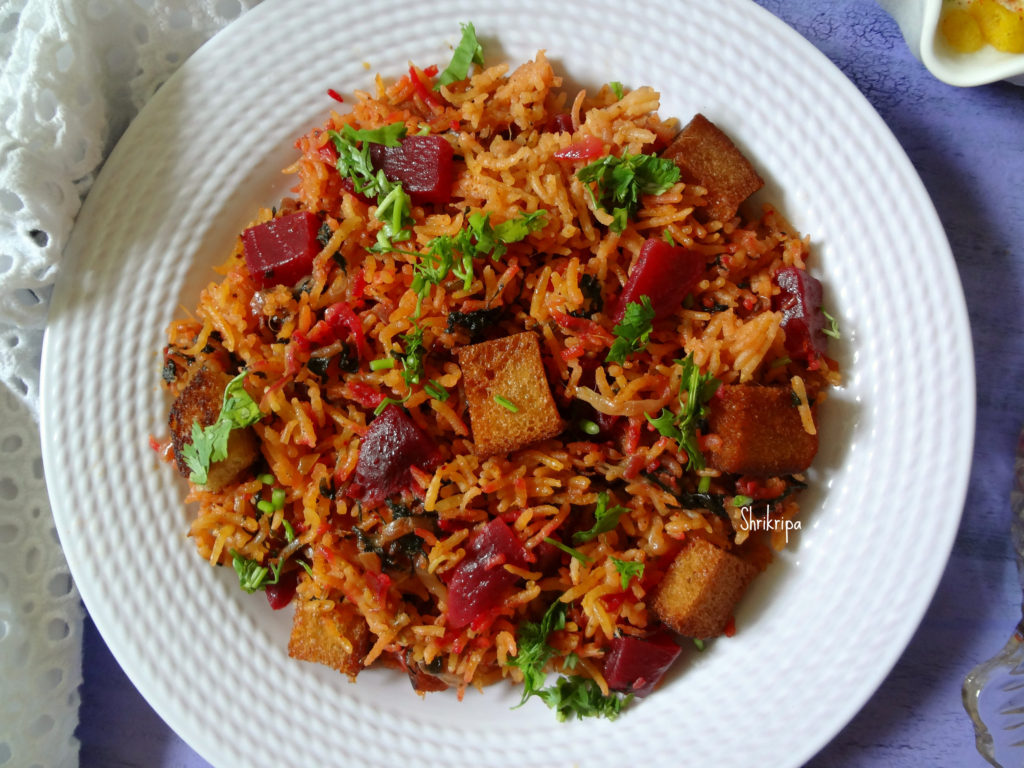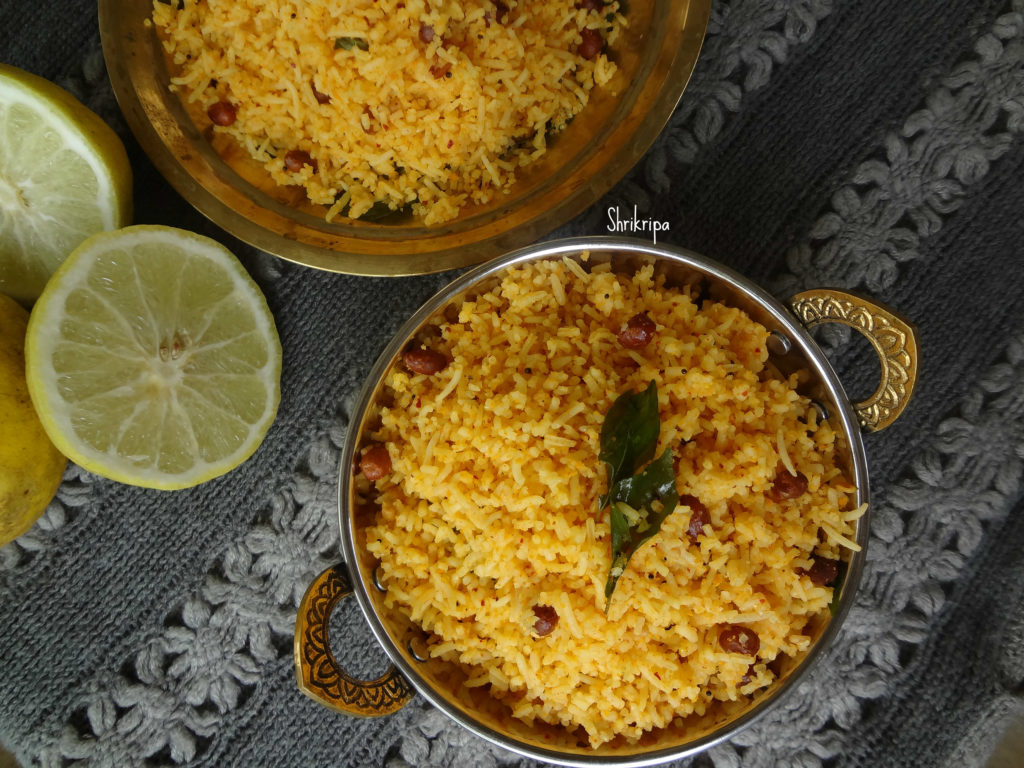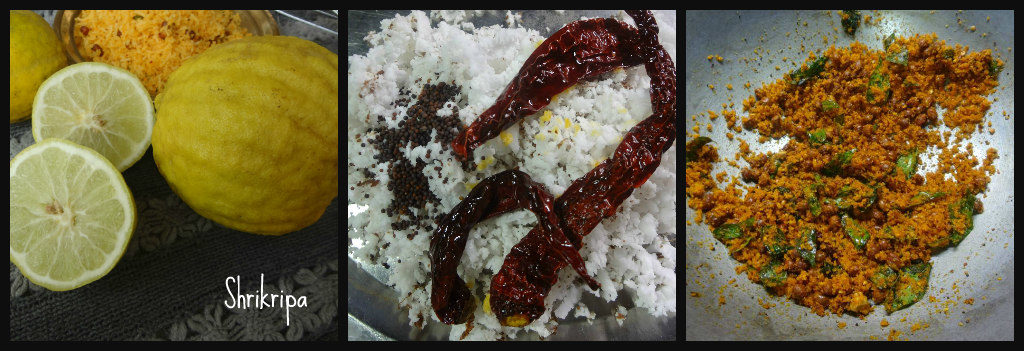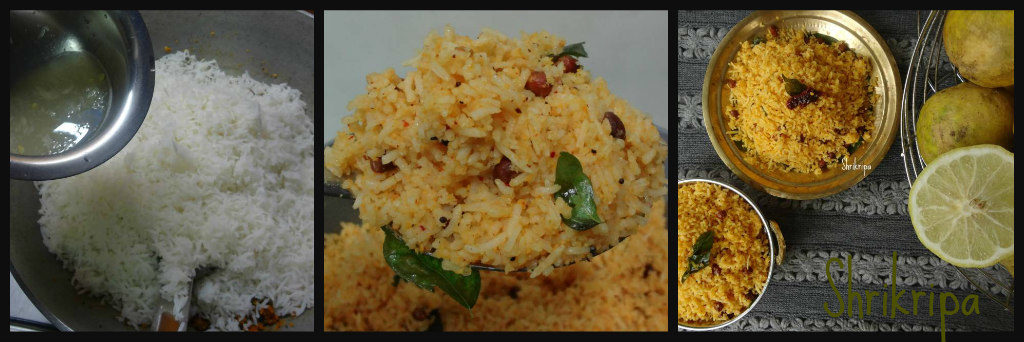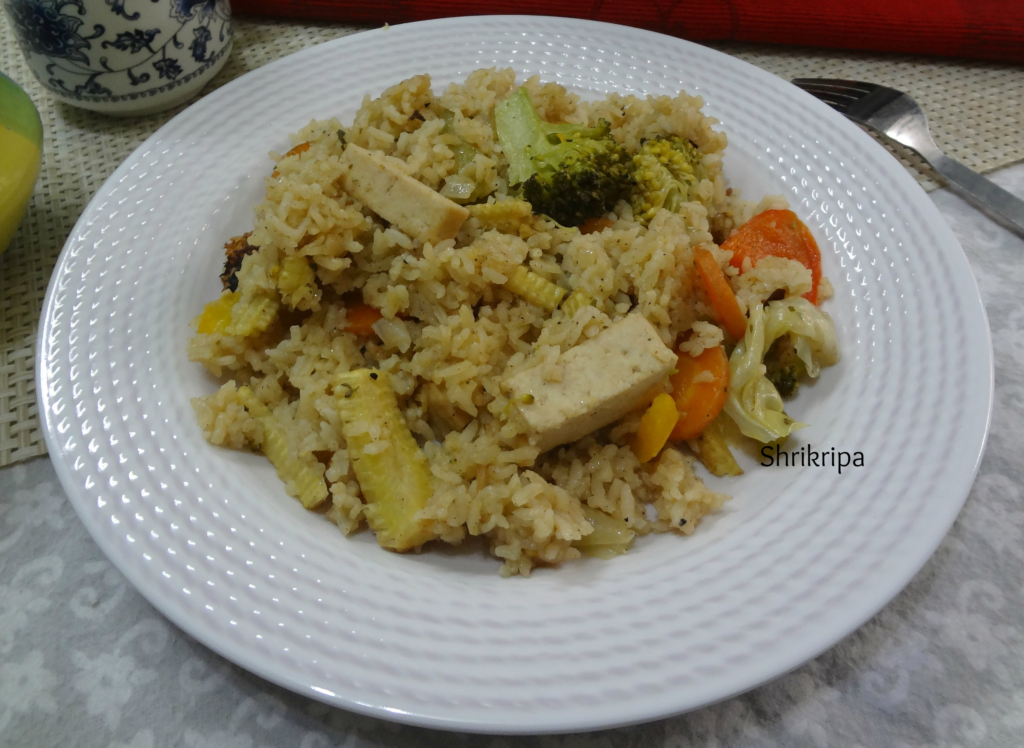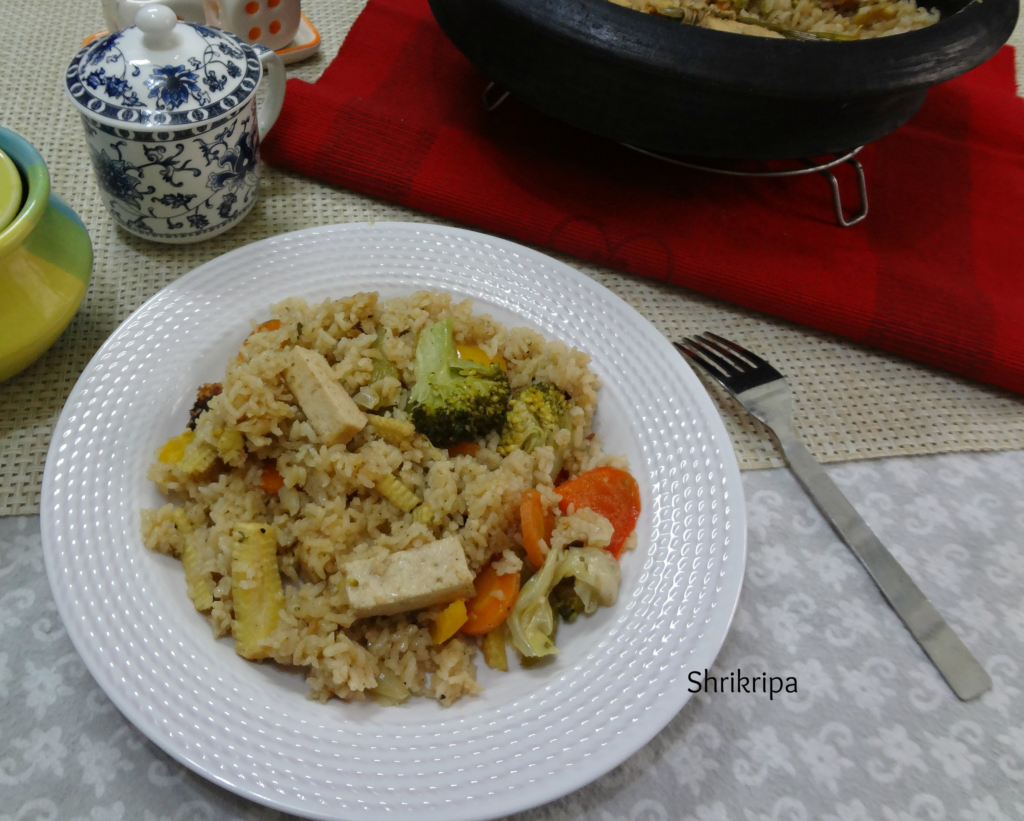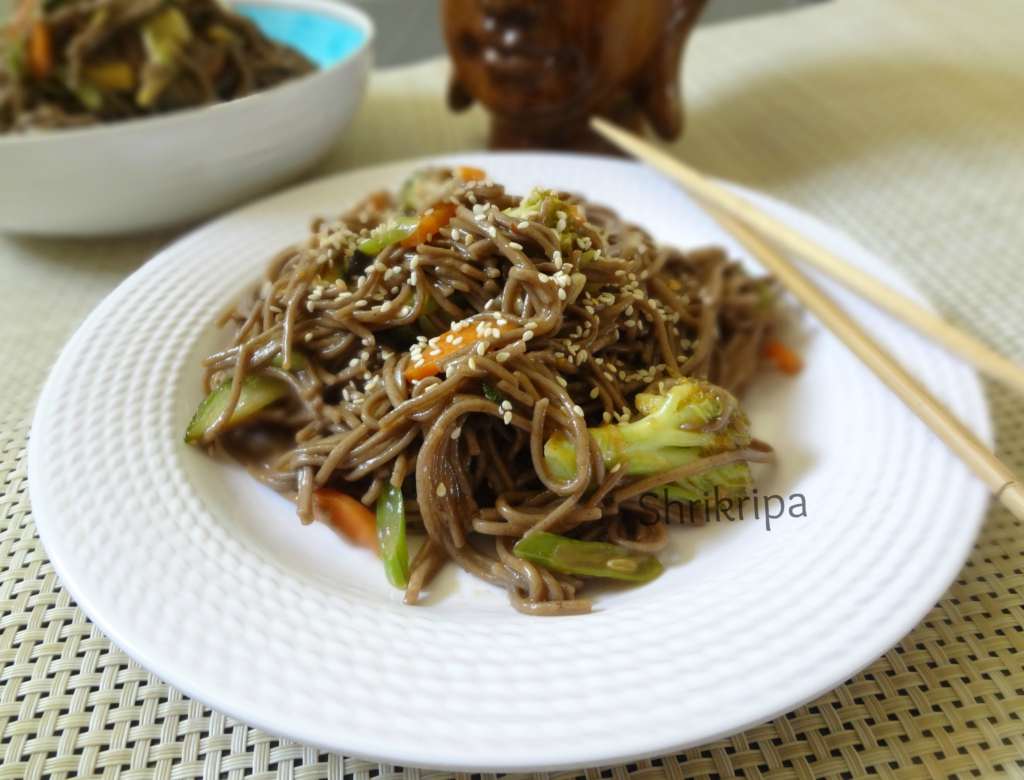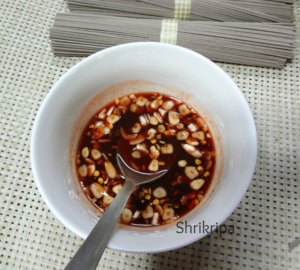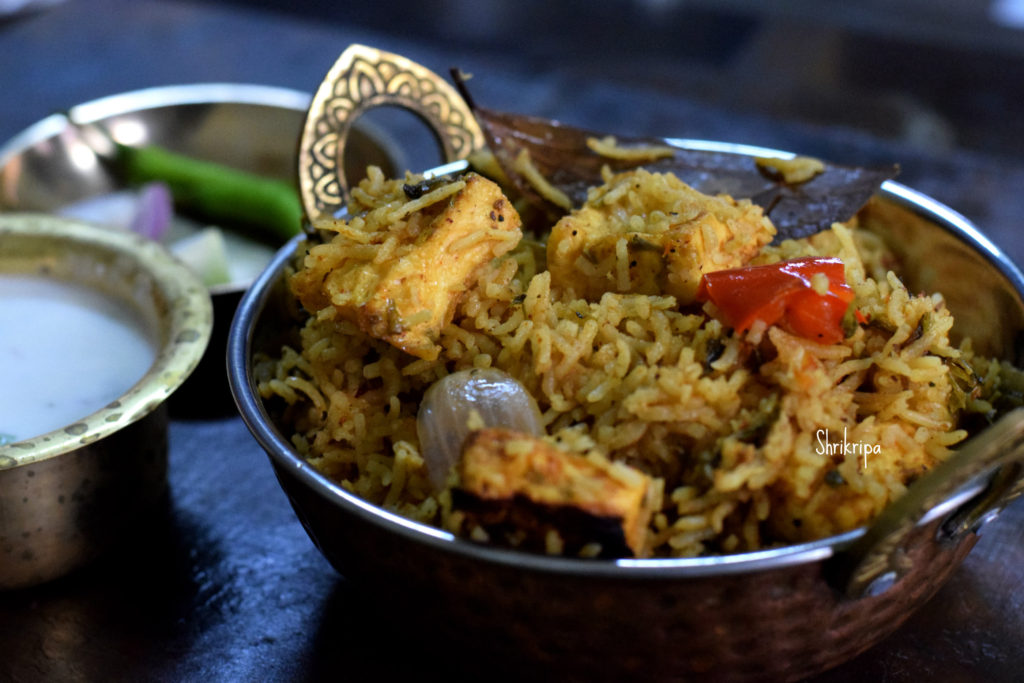Winter is that time of the year, where you can relish all the fresh produce from the bean family. One such bean is Thogari kayi/Fresh Tuvar/Pigeon peas. These are beautiful green pearls with maroon spots all over them and we can make so many varieties of dishes from them. This rice dish is a very easy, one pot meal which has the goodness of Tuvar dal, methi leaves with coconut flavour which will enhance the flavour of the dish to another level.
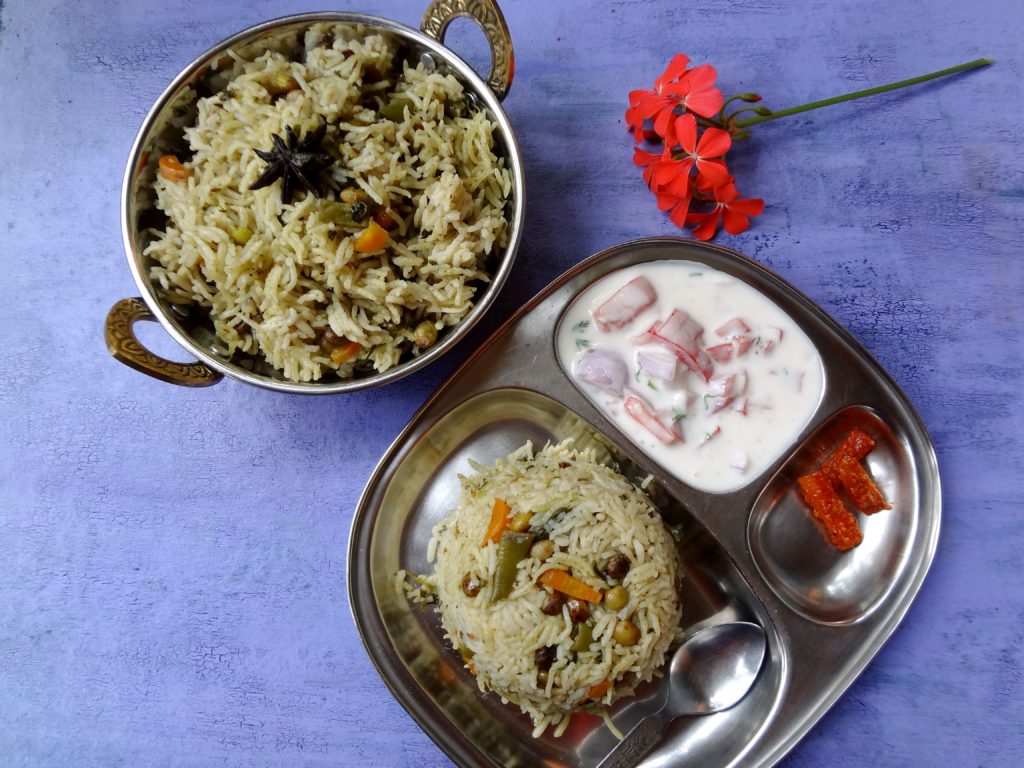
Recipe goes like this-
Ingredients:
Rice – 3 cups
Onion – 2
Fresh Pigeon peas – 1 cup
Fresh methi leaves – 1 small bundle
Veggies of your choice – 1 cup (French beans, carrot)
Ghee /oil – 2 to 3 table spoons
Bay leaves -2
Cumin – 1 tea spoon
Mace – 1
Marathi moggu – 2
To grind: Little coriander leaves, Cinnamon one stick,3 to 4 green chillies and 1-inch ginger.
Coconut milk – 1 cup
Lemon – ½
Salt
Method:
-At first take a fresh Tuvar bean pod, remove outer thick green skin and separate the green bean with the beautiful red spots. Collect all the shelled beans.

-Wash rice and soak for 10 minutes, drain and keep aside.
-Chop onions, methi leaves and vegetables of your choice.
-Grind a paste of coriander leaves, cinnamon, green chillies and ginger by adding little water and keep.
-Take one cooker, add oil and ghee or only ghee. Drop whole masalas like bay leaves, cumin and mace.
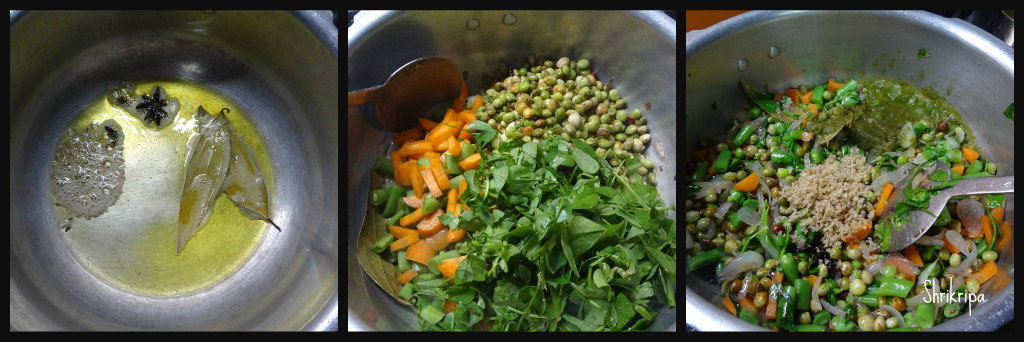
-Fry onions until brown and add methi leaves, fresh tuvar, chopped veggies and fry until it wilts.
-Add salt, ground masala and fry for 2 minutes and add drained rice and fry for a minute.

-Add coconut milk and 5 cups of water, juice of half lemon, boil, close the lid and cook until one whistle and 2 minutes into simmer.
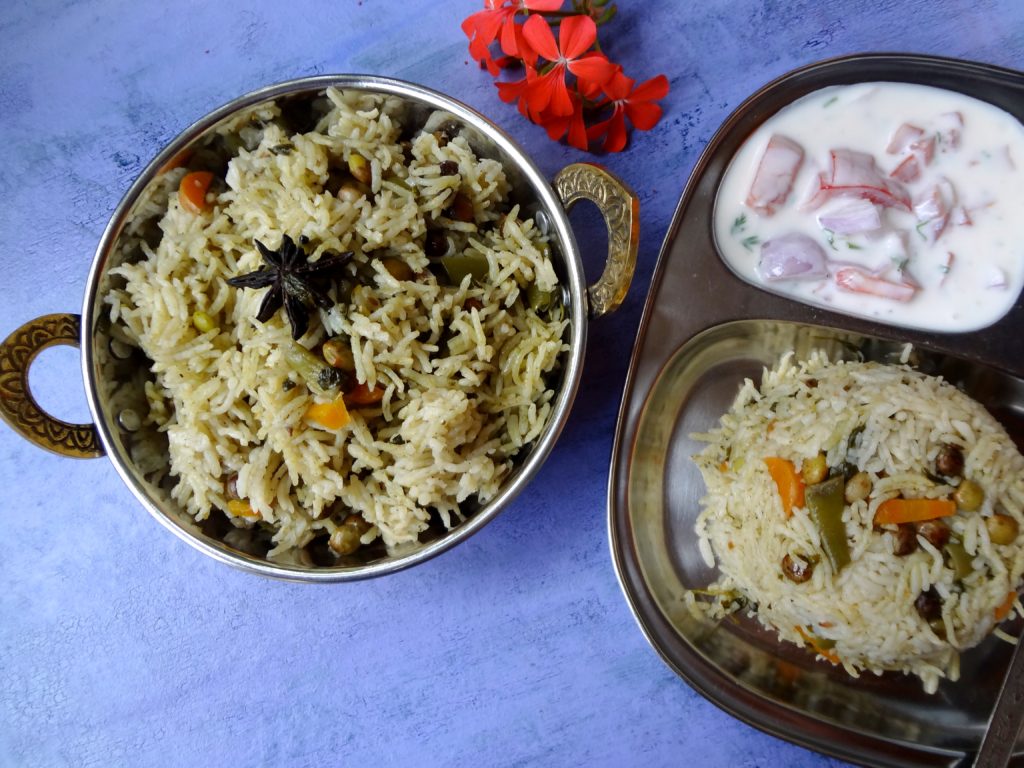
-Serve with any kind of raita.

